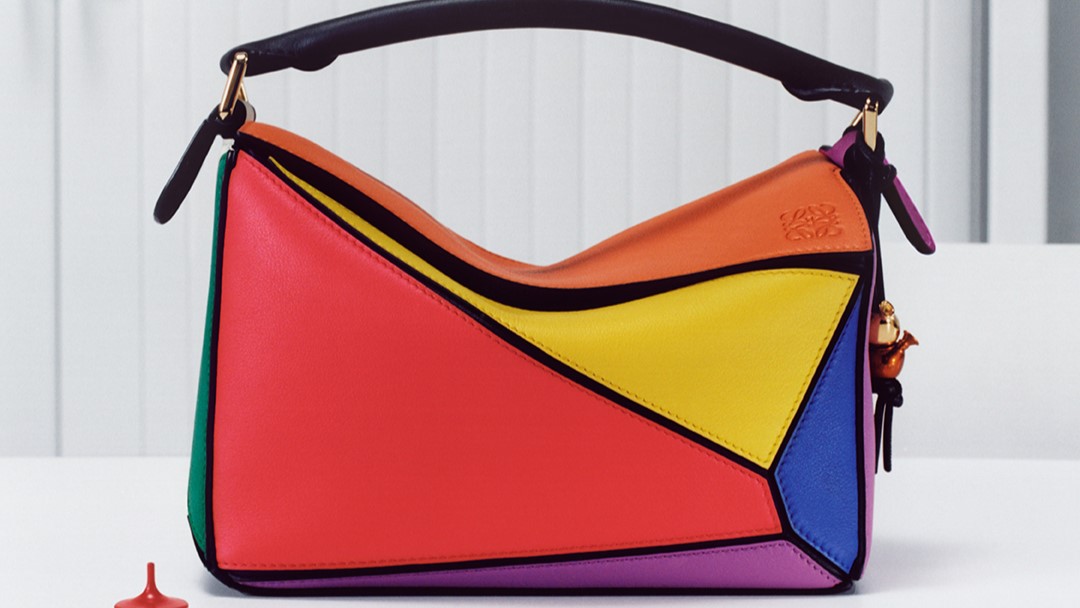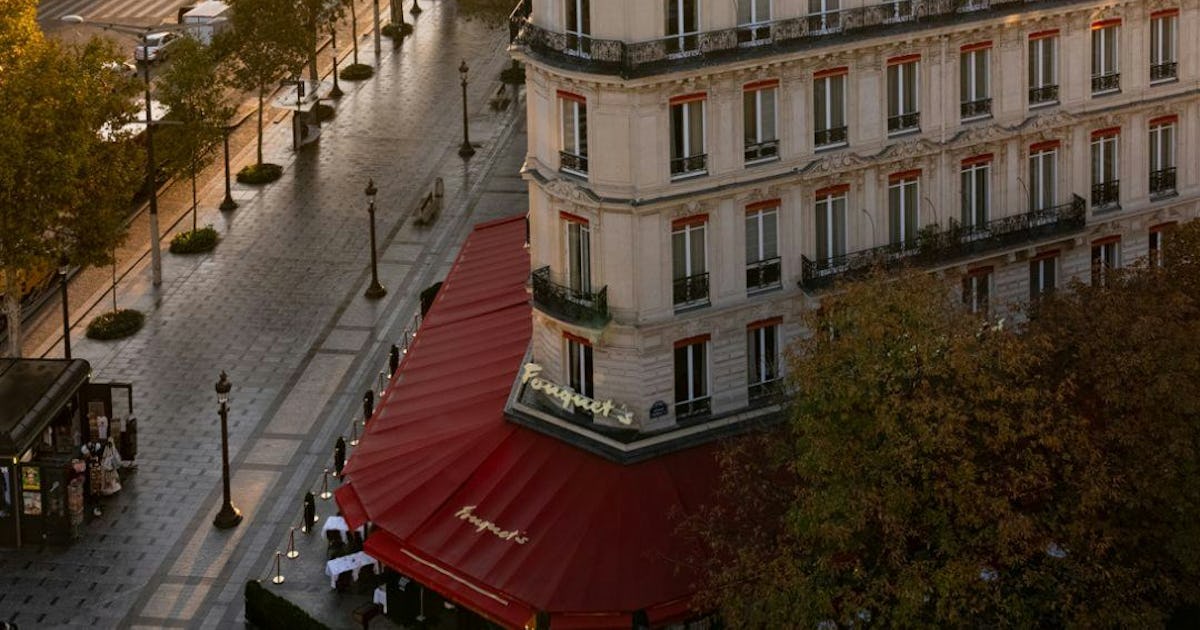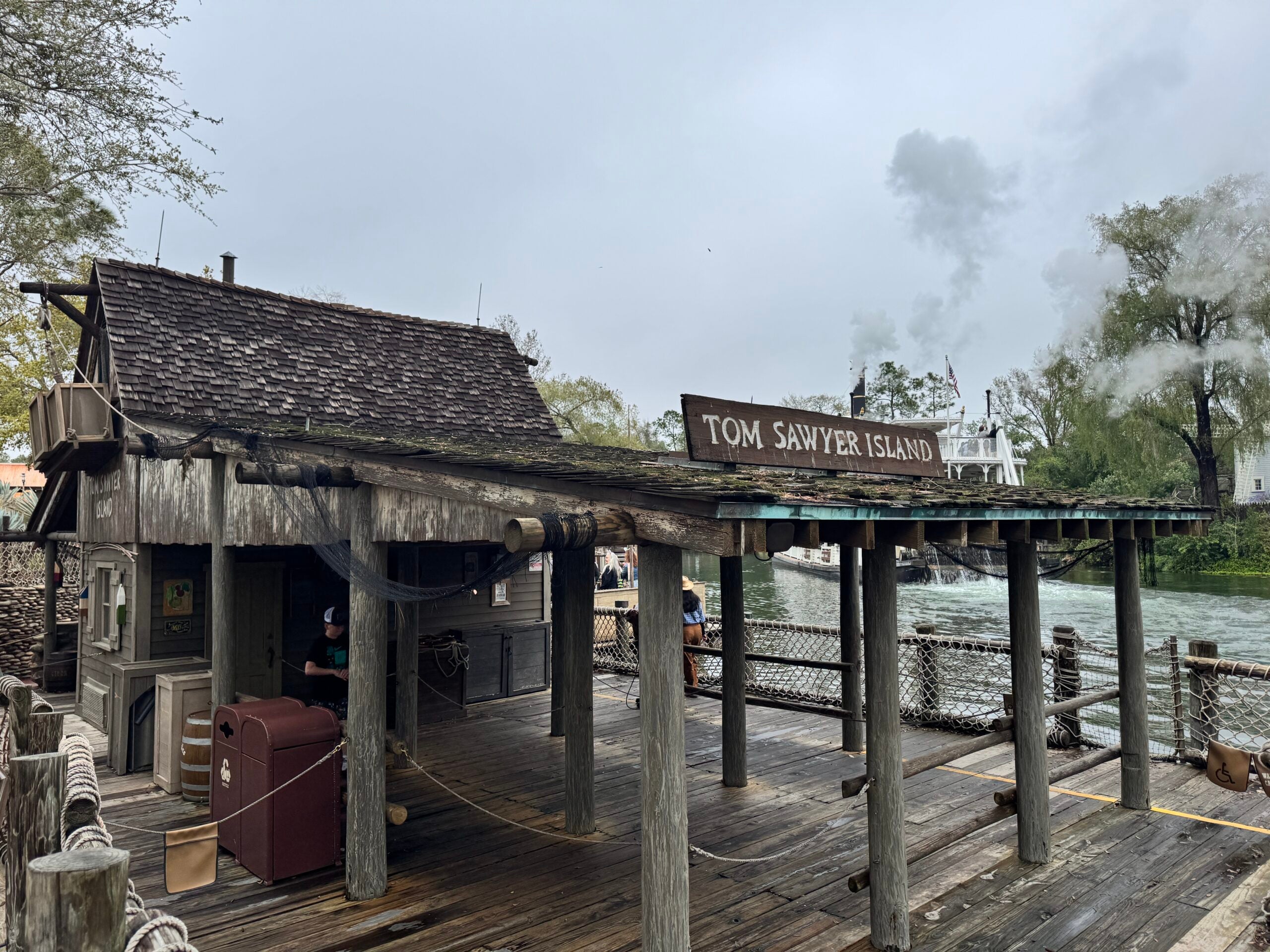‘La Grande Assiette Brisée’ (‘The Large Broken Plate’) in La Louvière, Belgium
Located 53 kilometers south of Brussels, La Louvière is a city often associated with the famous Kéramis earthenware factory. The town center is enlivened by the integration of a number of contemporary works of art. Among them, a huge broken plate. This work of art, 3 meters in diameter, occupies a large part of the width of the pavement in a shopping street. Created in 2012 by Lucile Soufflet and Bernard Gigounon, its meaning is deeper than you’d think. On the surface, the plate obviously refers to the famous Boch factory that sold its products under the name Kéramis. The company was founded in 1841 and quickly gained an international reputation for its tableware. After the Second World War, the company diversified into sanitary ware. Unfortunately, the company went bankrupt in 1985. All that remains of the huge factory in the center of the city are three bottle furnaces, now surrounded by a contemporary building, the Centre Kéramis. This museum presents the various stages of ceramic production and the history of the factory. It also shows contemporary creations and keeps alive the heritage of ceramic production in the town. But a deeper reading might suggest the shattered plate refers to the idea of replacement and, therefore, change. The work invites us to ask: “What should replace the industry that made the city rich?” It’s a message of hope about the future. Whatever its precise meaning, the work is a surrealist vision in terms of its subject matter and scale, set in the heart of a shopping street.


Located 53 kilometers south of Brussels, La Louvière is a city often associated with the famous Kéramis earthenware factory. The town center is enlivened by the integration of a number of contemporary works of art. Among them, a huge broken plate.
This work of art, 3 meters in diameter, occupies a large part of the width of the pavement in a shopping street. Created in 2012 by Lucile Soufflet and Bernard Gigounon, its meaning is deeper than you’d think.
On the surface, the plate obviously refers to the famous Boch factory that sold its products under the name Kéramis. The company was founded in 1841 and quickly gained an international reputation for its tableware. After the Second World War, the company diversified into sanitary ware. Unfortunately, the company went bankrupt in 1985. All that remains of the huge factory in the center of the city are three bottle furnaces, now surrounded by a contemporary building, the Centre Kéramis. This museum presents the various stages of ceramic production and the history of the factory. It also shows contemporary creations and keeps alive the heritage of ceramic production in the town.
But a deeper reading might suggest the shattered plate refers to the idea of replacement and, therefore, change. The work invites us to ask: “What should replace the industry that made the city rich?” It’s a message of hope about the future.
Whatever its precise meaning, the work is a surrealist vision in terms of its subject matter and scale, set in the heart of a shopping street.











































































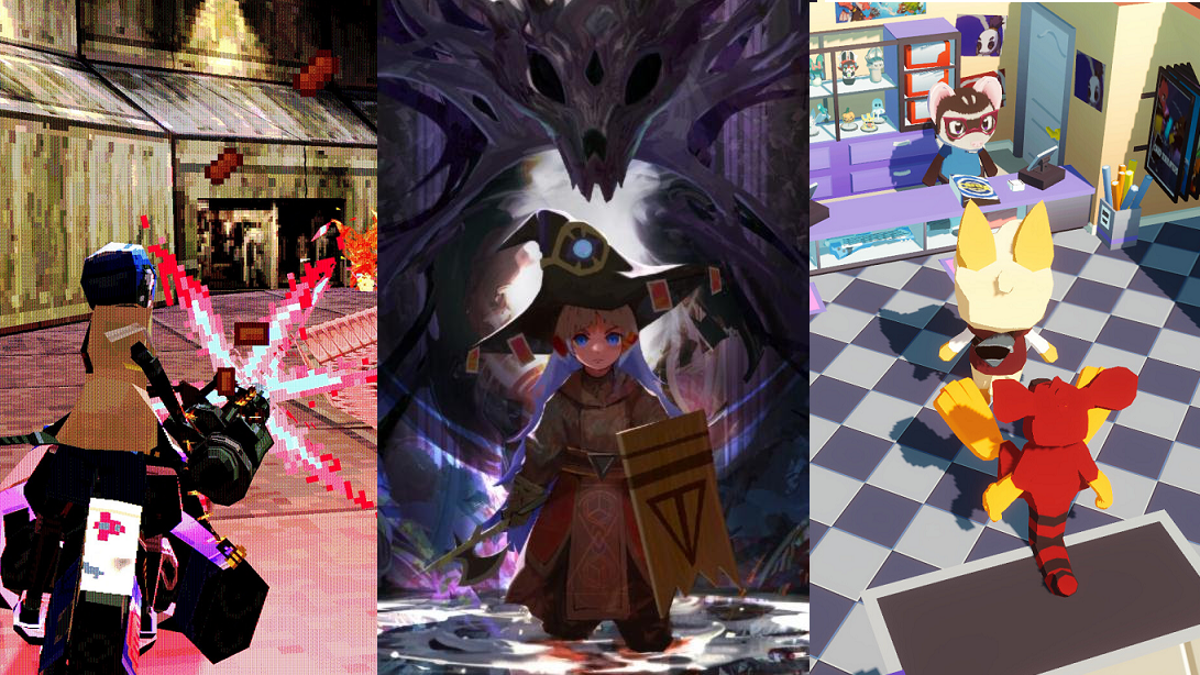




















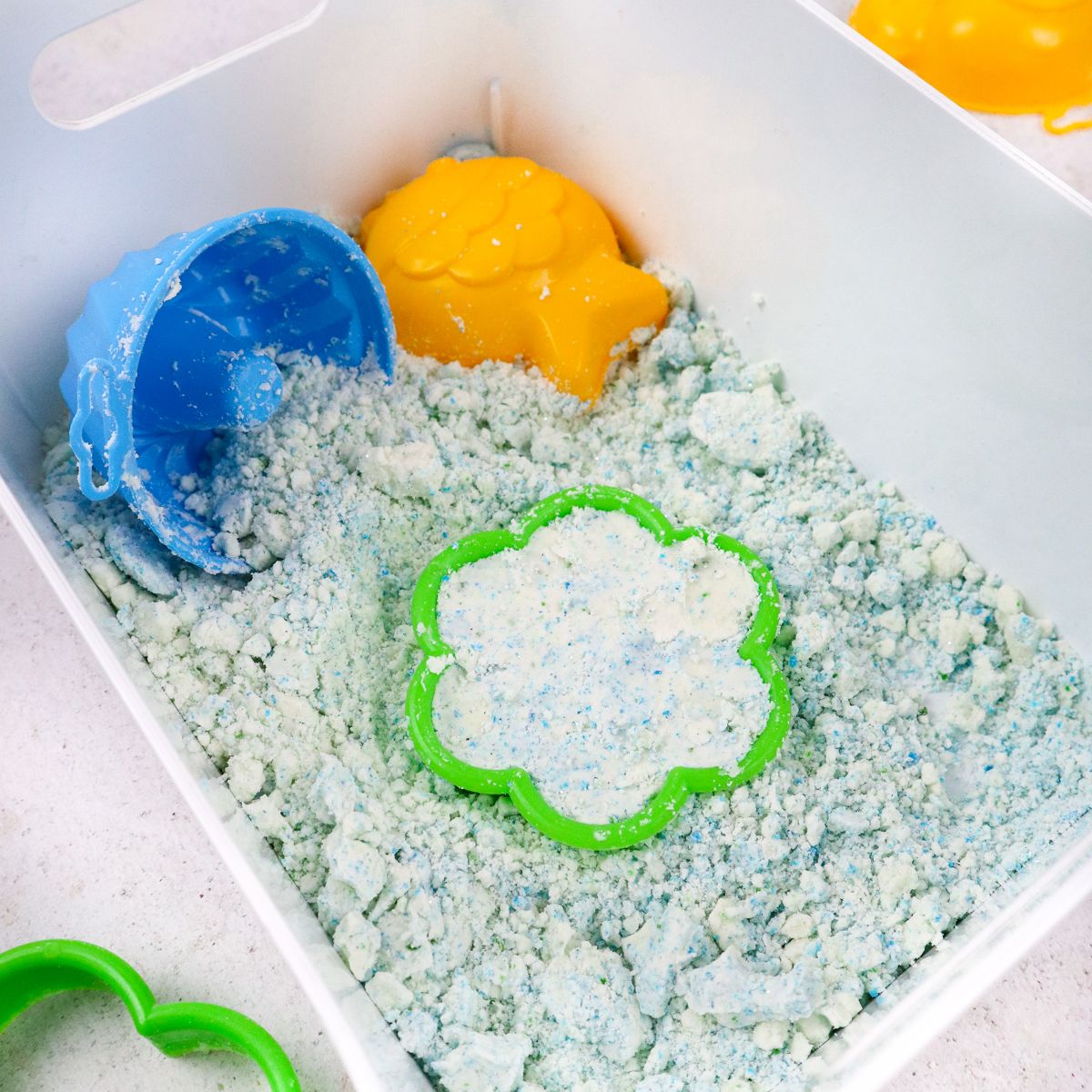













































































.jpeg)



%20928-5749.jpg)





